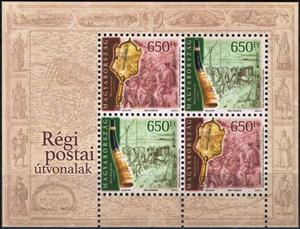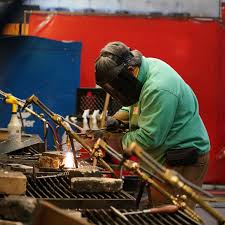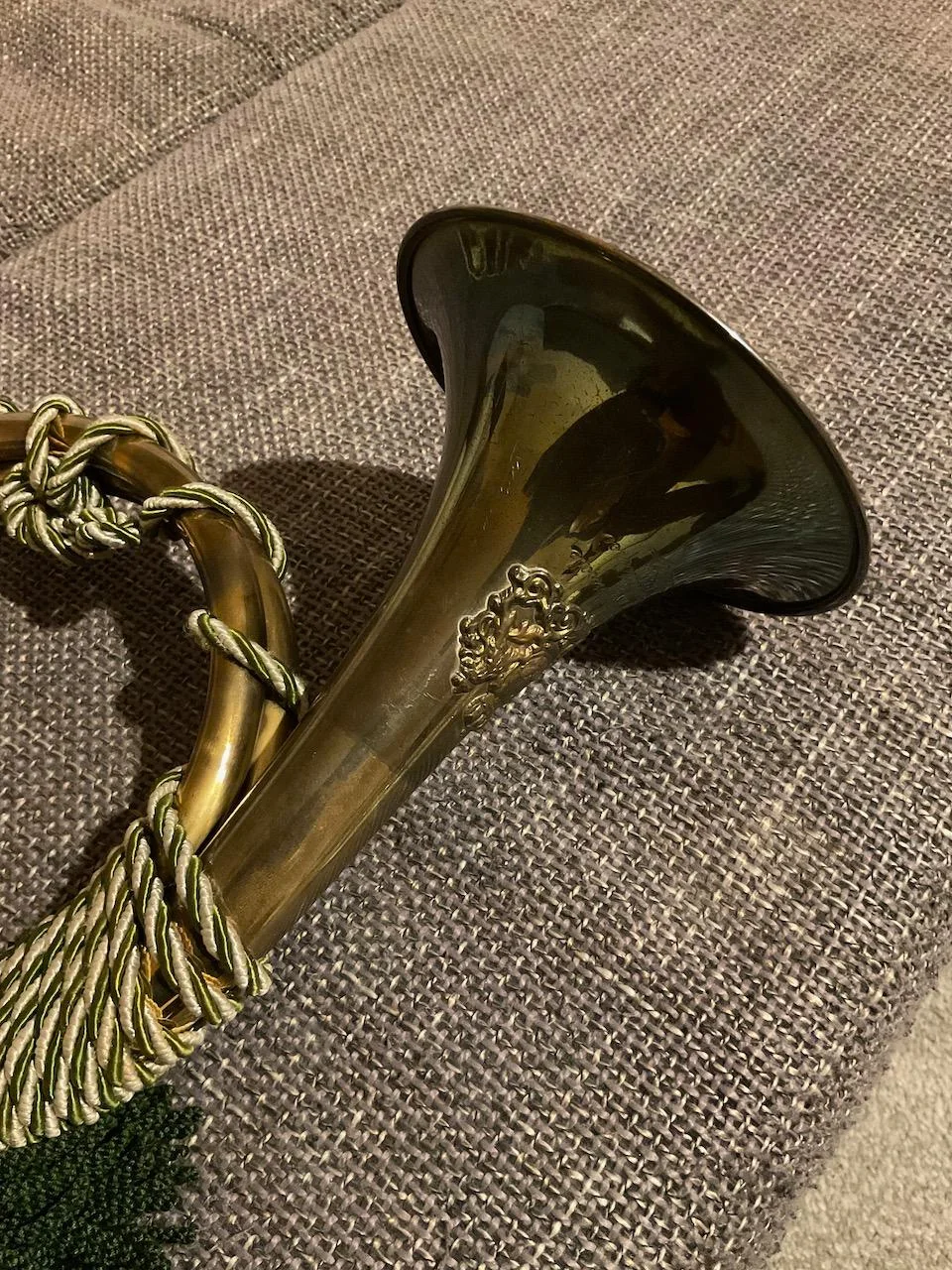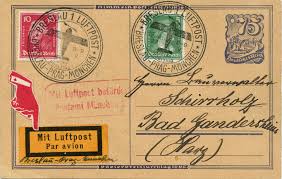Mini Sheet: Europa (C.E.P.T.) 2020 - Ancient Postal Routes (Hungary 2020)
Europa (C.E.P.T.) 2020 - Ancient Postal Routes (Hungary 2020)
04 May (Hungary ) within release Europa (C.E.P.T.) 2020 - Ancient Postal Routes goes into circulation Mini Sheet Europa (C.E.P.T.) 2020 - Ancient Postal Routes face value 4*650 Hungarian forint
| Mini Sheet Europa (C.E.P.T.) 2020 - Ancient Postal Routes in catalogues | |
|---|---|
| Yvert et Tellier: | Yt: HU BF433 |
Mini Sheet is horizontal format.
Also in the issue Europa (C.E.P.T.) 2020 - Ancient Postal Routes:
- Se-tenant - Europa (C.E.P.T.) 2020 - Ancient Postal Routes face value 2*650;
- Stamp - Brass Sign of Butchers Guild Postal Service face value 650;
- Stamp - Traditional Posthorn face value 650;
- Mini Sheet - Europa (C.E.P.T.) 2020 - Ancient Postal Routes face value 4*650;
Mini Sheet Europa (C.E.P.T.) 2020 - Ancient Postal Routes it reflects the thematic directions:
Metalworking is the process of shaping and reshaping metals in order to create useful objects, parts, assemblies, and large scale structures. As a term, it covers a wide and diverse range of processes, skills, and tools for producing objects on every scale: from huge ships, buildings, and bridges, down to precise engine parts and delicate jewelry.
The post horn is a valveless cylindrical brass instrument with a cupped mouthpiece. The instrument was used to signal the arrival or departure of a post rider or mail coach. It was used by postilions of the 18th and 19th centuries.
Postal history is the study of postal systems and how they operate and, or, the study of the use of postage stamps and covers and associated postal artifacts illustrating historical episodes in the development of postal systems. The term is attributed to Robson Lowe, a professional philatelist, stamp dealer and stamp auctioneer, who made the first organised study of the subject in the 1930s and described philatelists as "students of science", but postal historians as "students of humanity". More precisely, philatelists describe postal history as the study of rates, routes, markings, and means (of transport).



